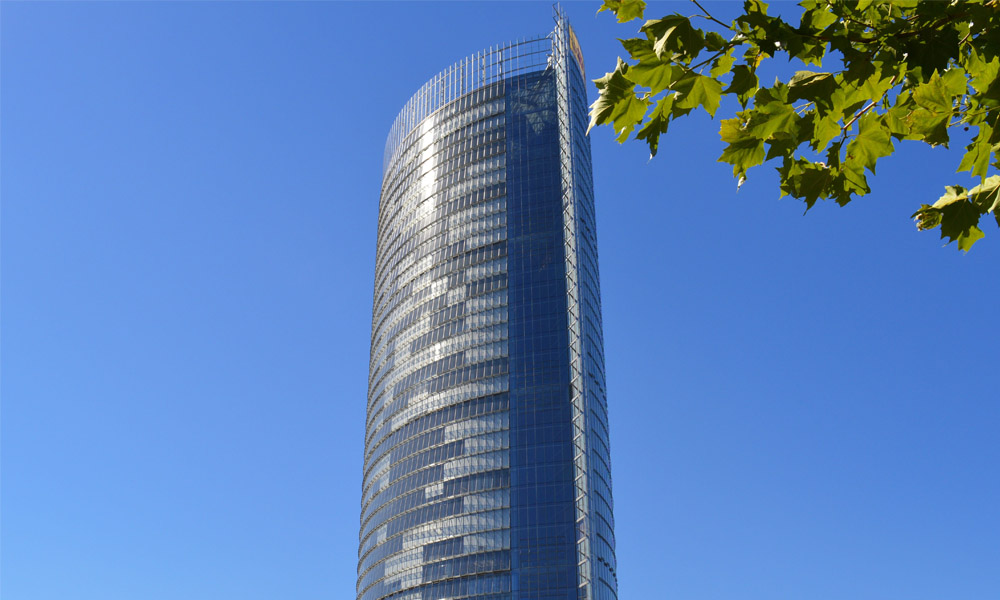

Understanding Tinted Float Glass Features and Applications
Tinted float glass, a popular choice in the architecture and design industries, combines functionality with aesthetic appeal. This type of glass is made by adding metal oxides during the manufacturing process, which imparts a subtle color to the glass without compromising its clarity. The distinctive coloration not only enhances the visual quality of buildings but also serves practical purposes, such as reducing glare and controlling heat gain.
One of the primary advantages of tinted float glass is its ability to provide solar control. With the increasing need for energy efficiency in buildings, tinted glass helps reduce the amount of solar heat entering a space. This is particularly beneficial in regions with high temperatures, as it minimizes the dependence on air conditioning systems and contributes to lower energy bills. By filtering out harmful UV rays, tinted glass also protects interior furnishings, artwork, and flooring from fading, thus prolonging their lifespan.
In addition to its energy-saving benefits, tinted float glass offers significant aesthetic versatility. Available in various shades, from light bronze to deep grey, it allows architects and designers to create unique visual statements. The glass can be used in a myriad of applications, including residential windows, commercial facades, and interior partitions. When employed thoughtfully, tinted glass adds a layer of sophistication and elegance to any structure.

Furthermore, tinted float glass enhances privacy without sacrificing natural light. Its color reduces visibility from the outside while allowing occupants to enjoy an unobstructed view. This quality makes it an ideal choice for offices, banks, and conference rooms, where privacy is paramount.
Moreover, the use of tinted float glass can also contribute to the overall safety of a building. Some manufacturers offer laminated or tempered versions of tinted glass, which provide additional strength and impact resistance. This added durability is crucial in regions prone to severe weather conditions, ensuring that the glass can withstand high winds or flying debris during storms.
In conclusion, tinted float glass is a multifaceted material that seamlessly blends functionality with aesthetic appeal. Its energy efficiency, glare reduction, UV protection, privacy enhancement, and durability make it an excellent choice for a wide range of applications. As green building practices continue to gain traction, the demand for tinted float glass is expected to rise, solidifying its role in modern architecture and design. Whether used in homes or commercial spaces, tinted float glass remains an indispensable component of contemporary building solutions.